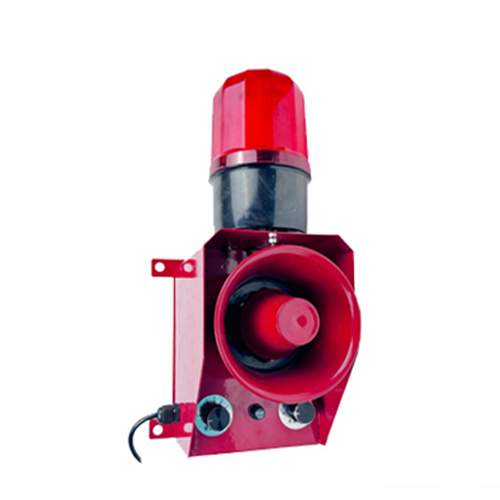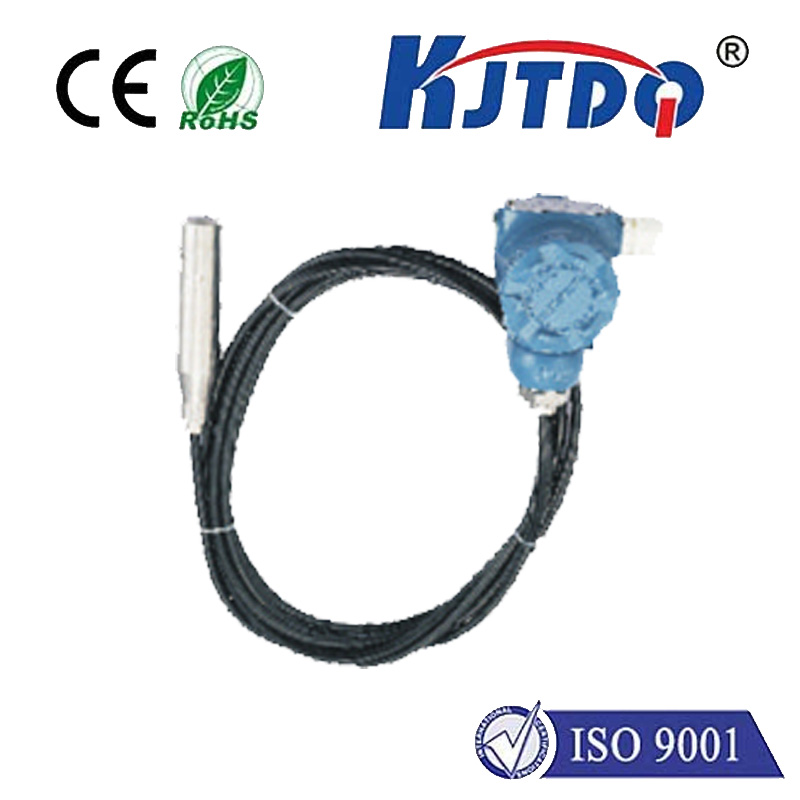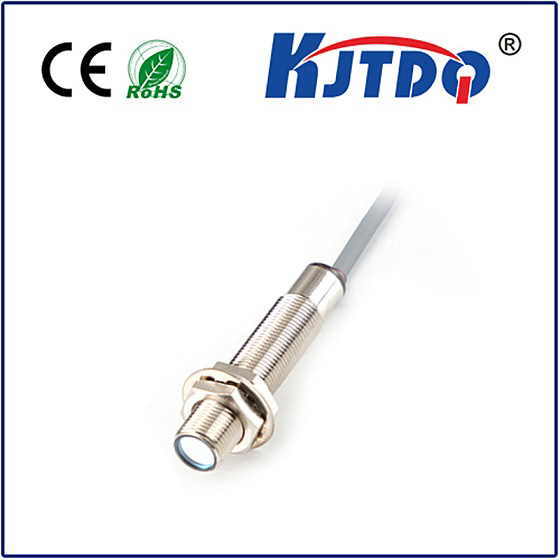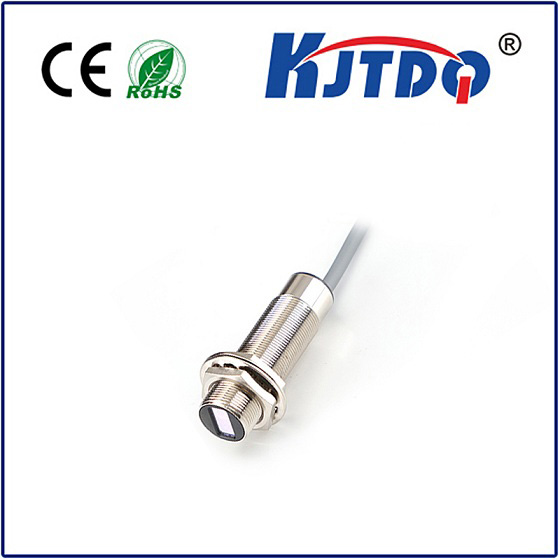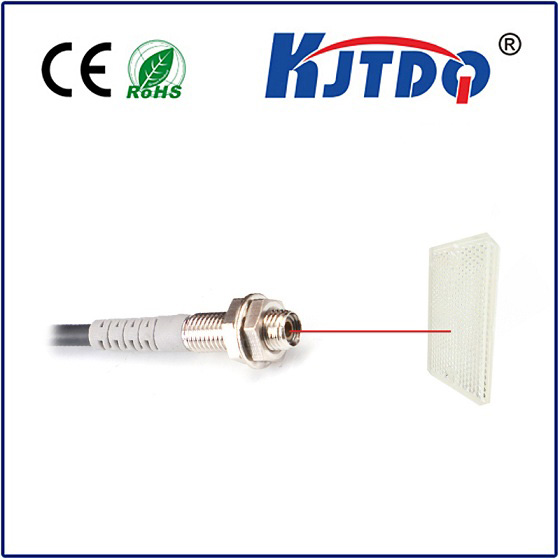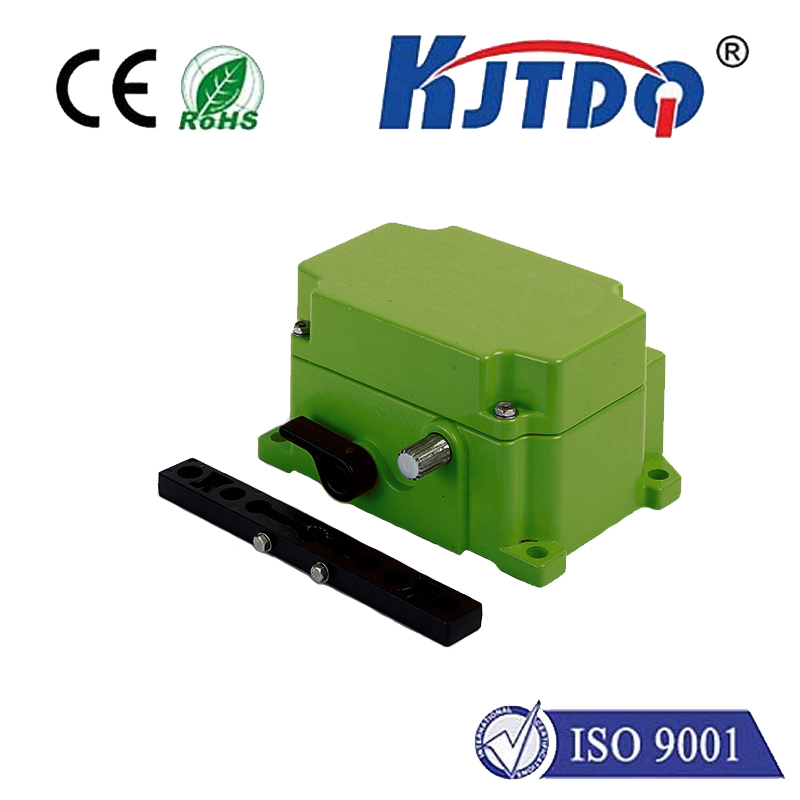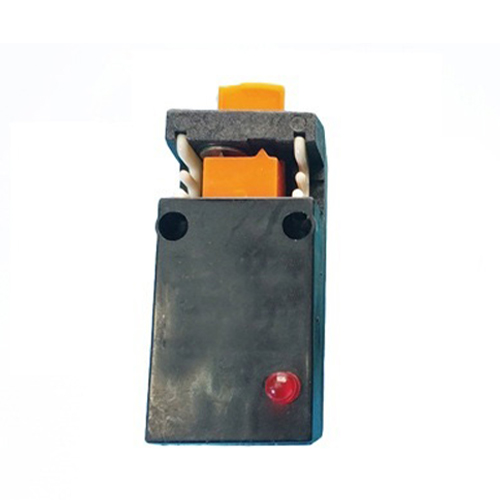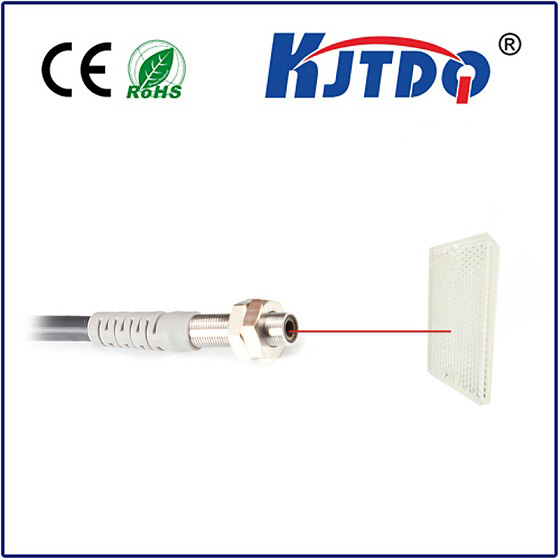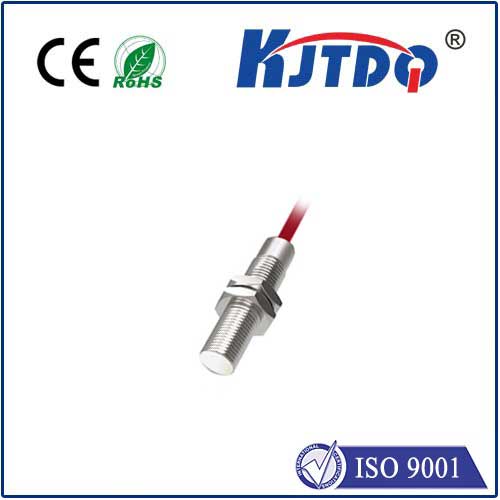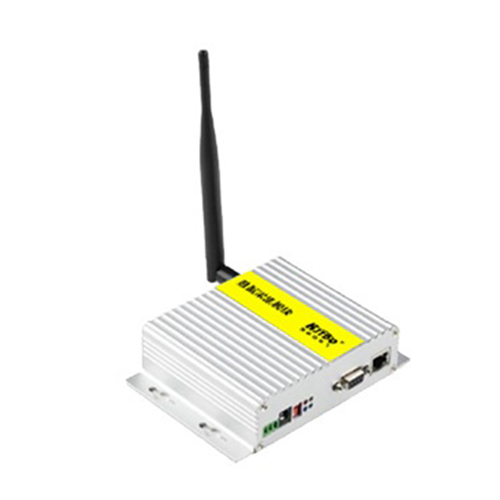

check

check

check

check

check

check

check

check

check

check

Title: Revolutionizing Measurements with Laser Sensors for Distance Measurement The technology world is advancing at a rapid pace, and innovations that once belonged in the realm of science fiction are becoming an integral part of our everyday lives. One such breakthrough in technology is the laser sensor for distance measurement. This device has revolutionized the way we measure distances and open up possibilities that were once unimaginable. In this article, we will delve into the intricacies of laser sensors for distance measurement, exploring their functionality, applications, and benefits. A Closer Look at Laser Sensors for Distance Measurement At its core, a laser sensor for distance measurement is a device that uses laser light to measure distances accurately. It does this by calculating the time it takes for the laser light to bounce off an object and return to the sensor. This information is then used to calculate the distance between the sensor and the object. The precision of these sensors is remarkable, with some models capable of measuring distances with an accuracy of up to one-thousandth of an inch. Applications of Laser Sensors for Distance Measurement The applications of laser sensors for distance measurement are vast and varied. In the field of robotics, these sensors are used to help robots navigate their environment, avoid obstacles, and perform tasks with pinpoint accuracy. In the automotive industry, they are used in advanced driver-assistance systems (ADAS) such as adaptive cruise control, automatic emergency braking, and lane departure warning systems. They are also used in aerospace, agriculture, construction, and countless other industries. Benefits of Using Laser Sensors for Distance Measurement The benefits of using laser sensors for distance measurement are numerous. Firstly, they provide high levels of accuracy, which is essential in many industries. They are also fast, providing instant measurements without the need for physical contact with the object being measured. This makes them ideal for use in hazardous environments where physical contact could be dangerous. Additionally, they are versatile and can be used in a wide range of settings, from industrial applications to home improvement projects. In conclusion, laser sensors for distance measurement have revolutionized the way we measure distances. With their accuracy, speed, and versatility, they have opened up new possibilities in various industries. As technology continues to advance, we can expect even more innovative applications for these incredible devices.
